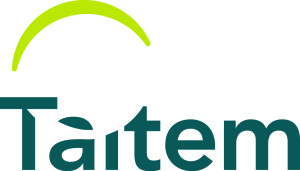Steam heating systems are widely used in New York State, in all kinds of buildings: universities, large high-rises, schools, and even homes. We know that converting steam to hot water systems routinely saves 50% of the heating energy use, as well as saving water. But it is not known how much steam heat, in fact, exists in the state – it is just not something that is inventoried in any of the various building information databases. So we set out to estimate how much steam is used in different kinds of buildings and were surprised by the results. We also evaluated the savings to convert from steam to a new type of heating technology, variable-refrigerant flow heat pumps. Join us to learn how much steam we are blowing off, and how much we could save by converting steam to VRF heat pumps, in a fast-moving and information-filled session.
Funding for this project was provided by the SyracuseCoE Partner Program Innovation Fund.
Presenter:
 Ian Shapiro
Ian Shapiro
Senior Engineer, Taitem Engineering
Ian started Taitem Engineering in 1989. He has led several applied energy conservation research projects, has led many design and energy projects, and has delivered workshops in the area of energy and ventilation. He has also led the development of several computer programs which are used in the HVAC, energy, and indoor air quality fields, including TREAT (Targeted Residential Energy Analysis Tools), which was awarded the 2005 national R&D100 Award. He also developed an innovative desiccant cooling system, for which he holds a U.S. patent. Prior to starting Taitem Engineering, he worked for seven years at Carrier Corporation in Syracuse, where he designed heat pumps and air conditioning equipment, and holds eight patents from this work. He is the co-author of the book Green Building Illustrated (John Wiley and Sons), and is the author of the forthcoming book Energy Audits and Improvements for Commercial Buildings (John Wiley and Sons, April 2016). He holds an undergraduate degree from McGill University, and an M.S. from Columbia University, both in mechanical engineering. Ian is a licensed engineer in the states of New York, Pennsylvania, and Connecticut.

